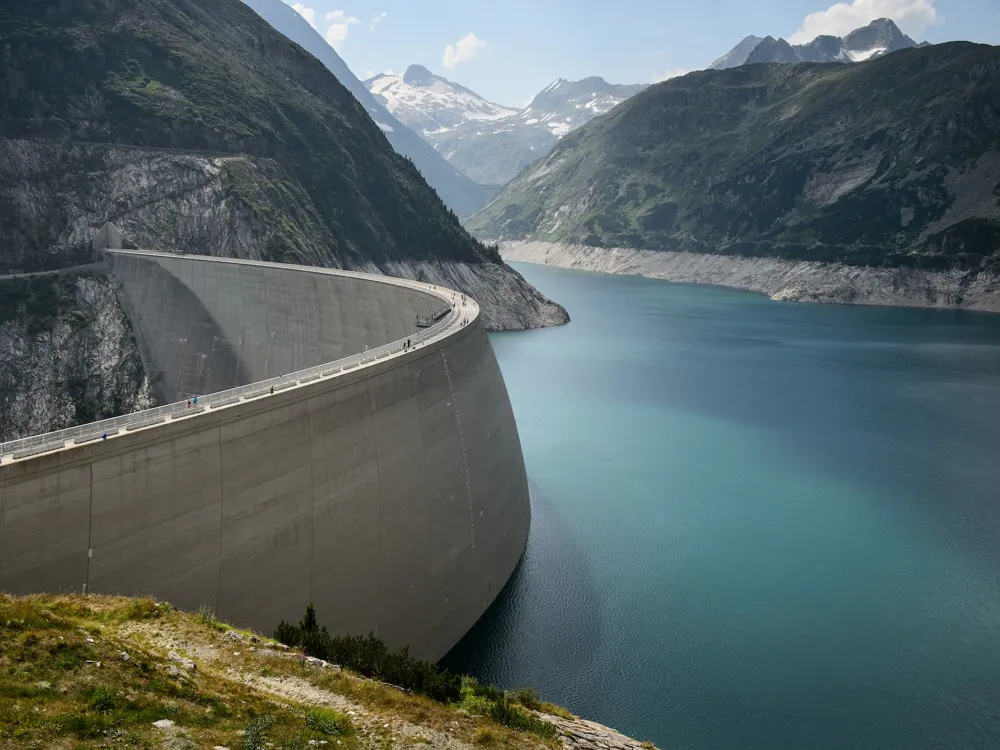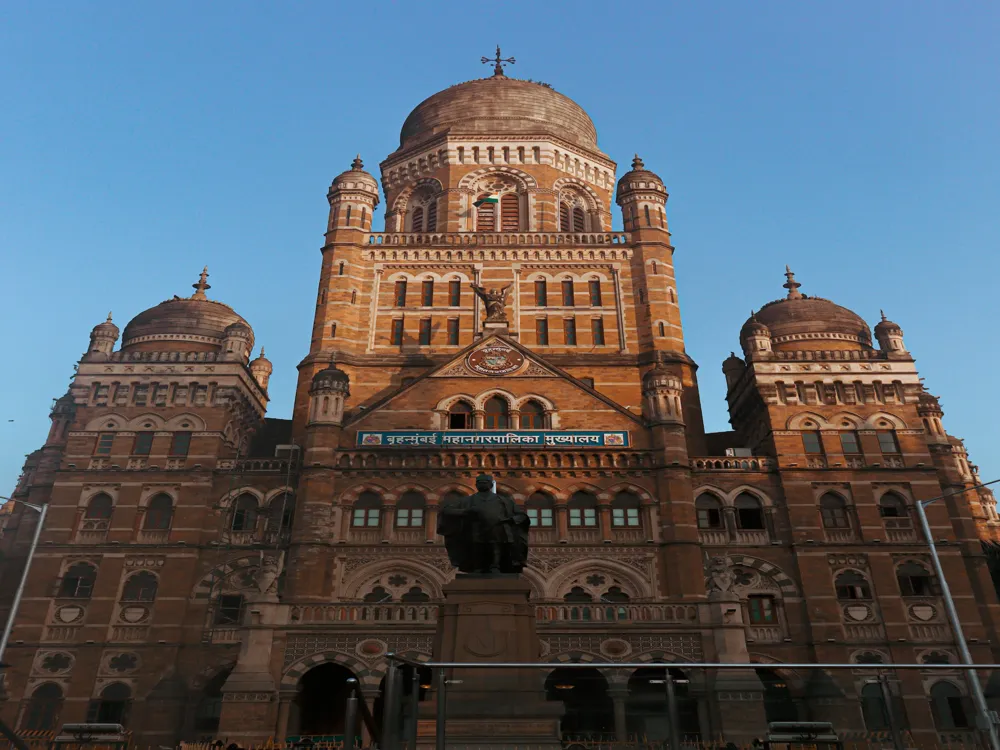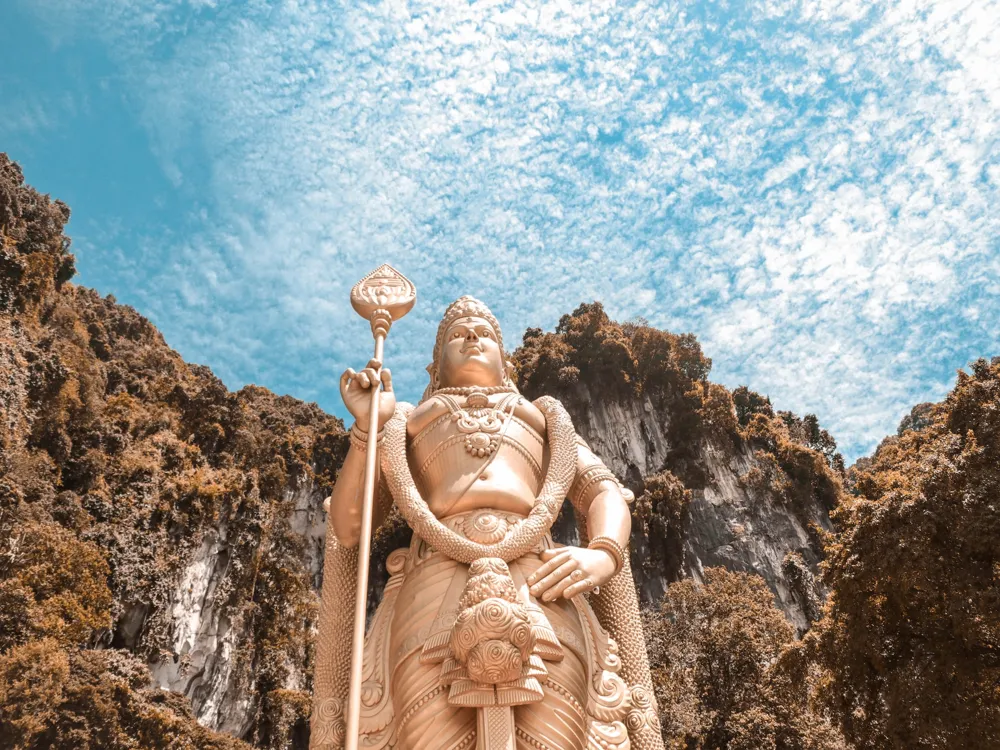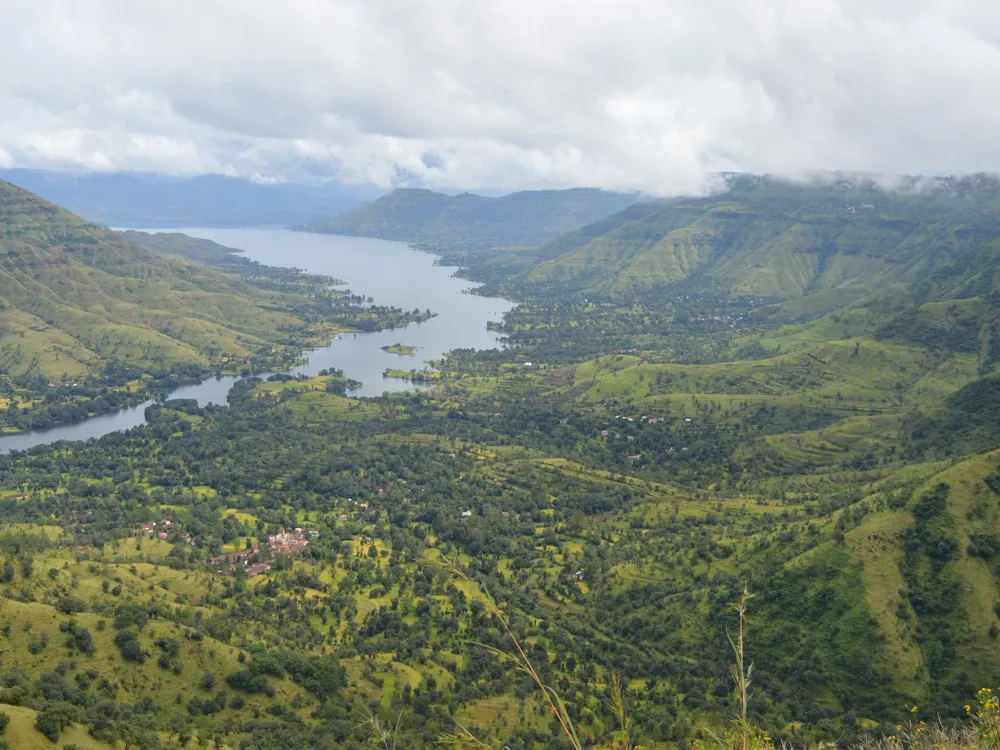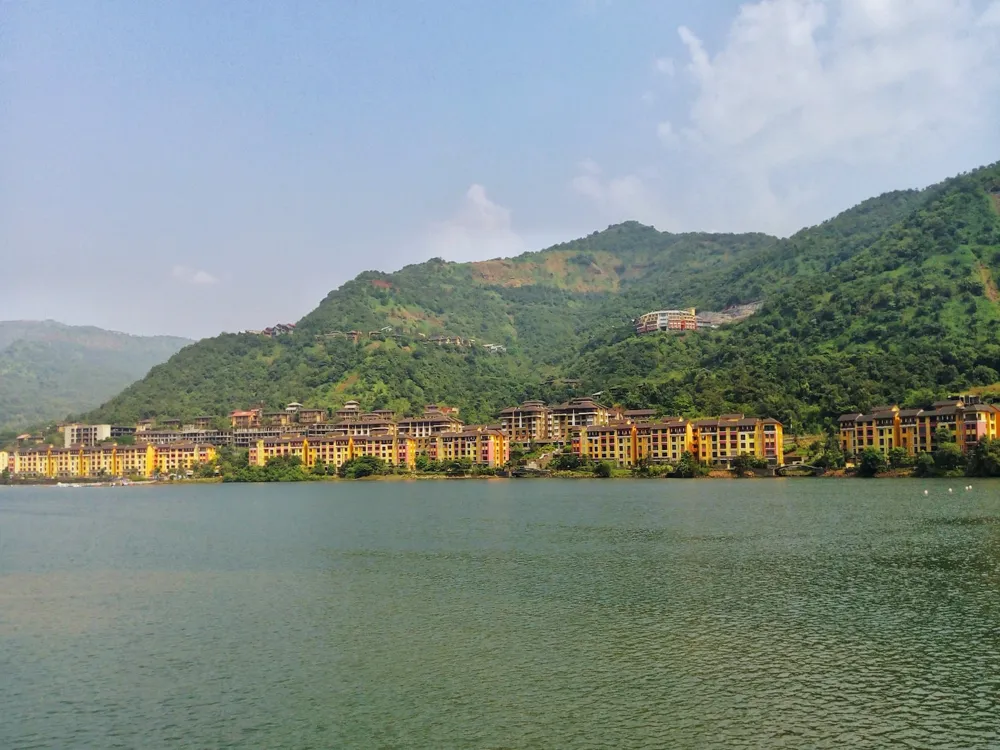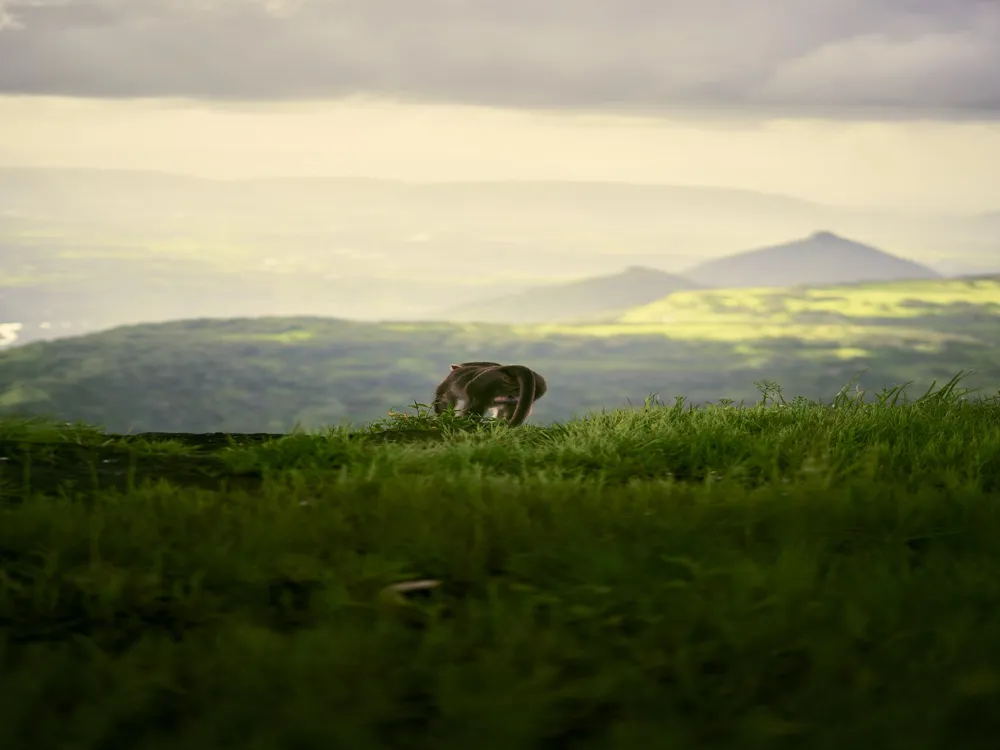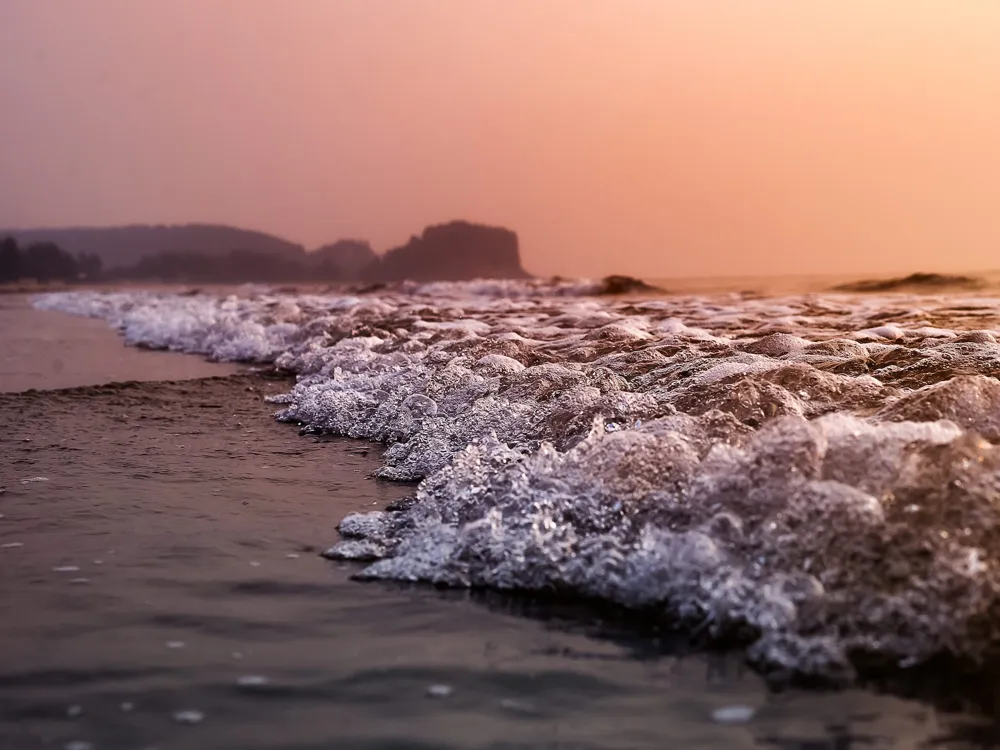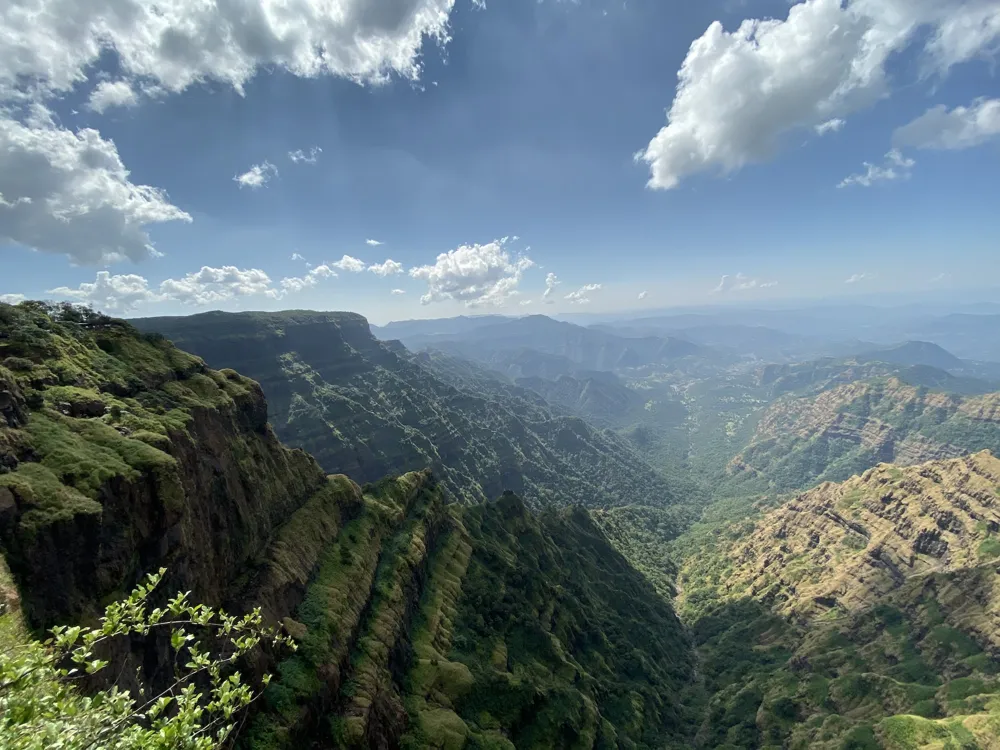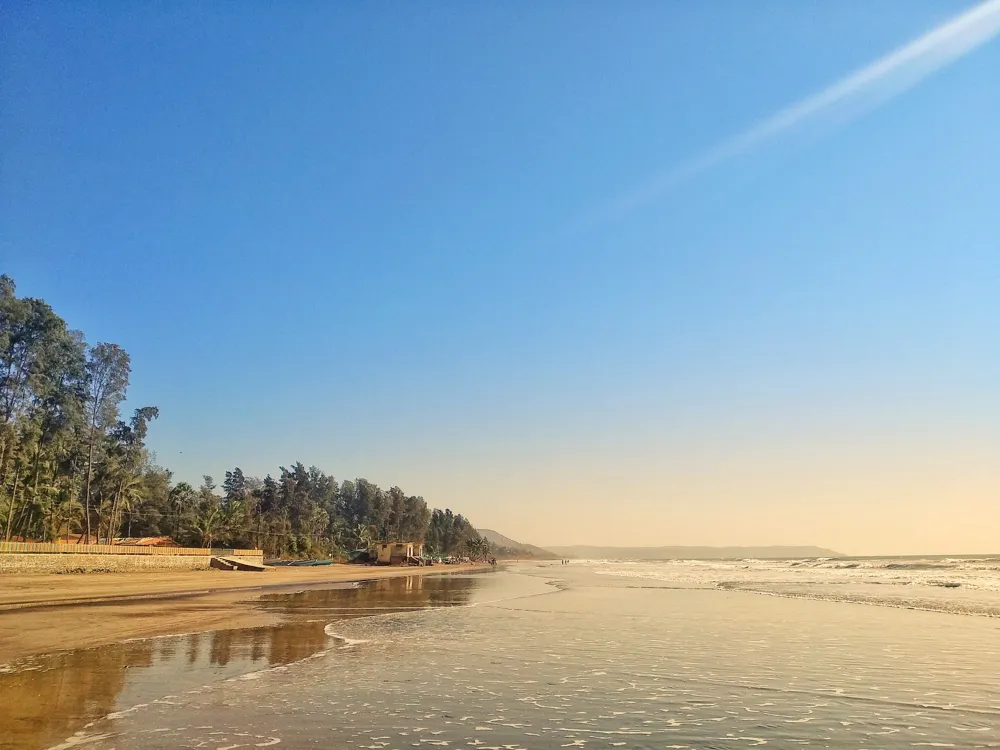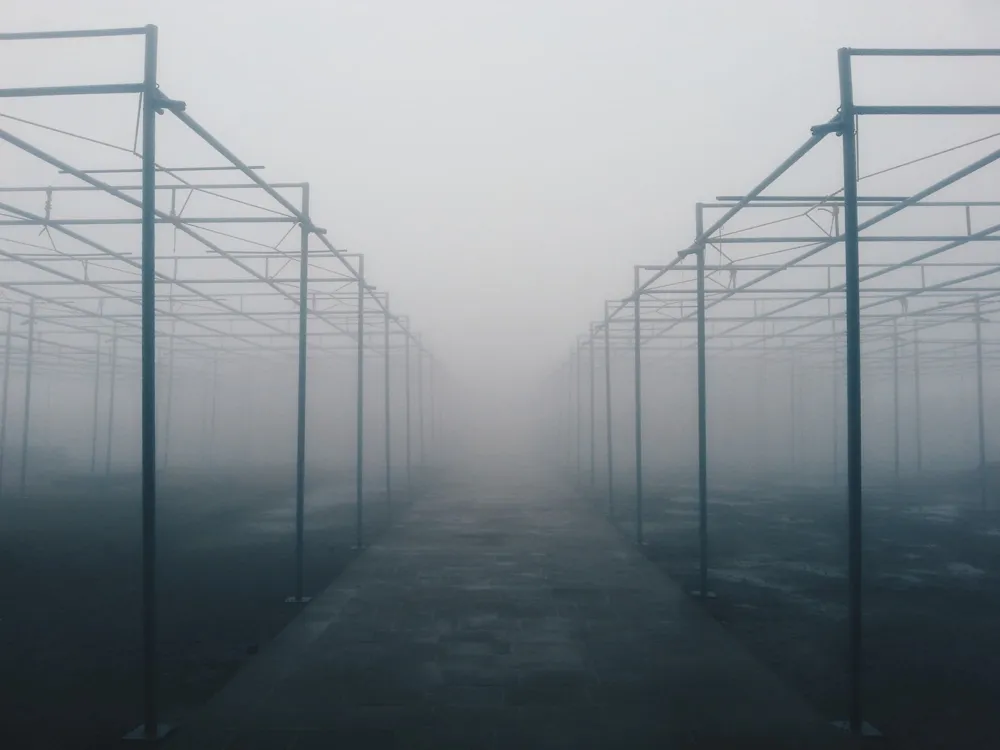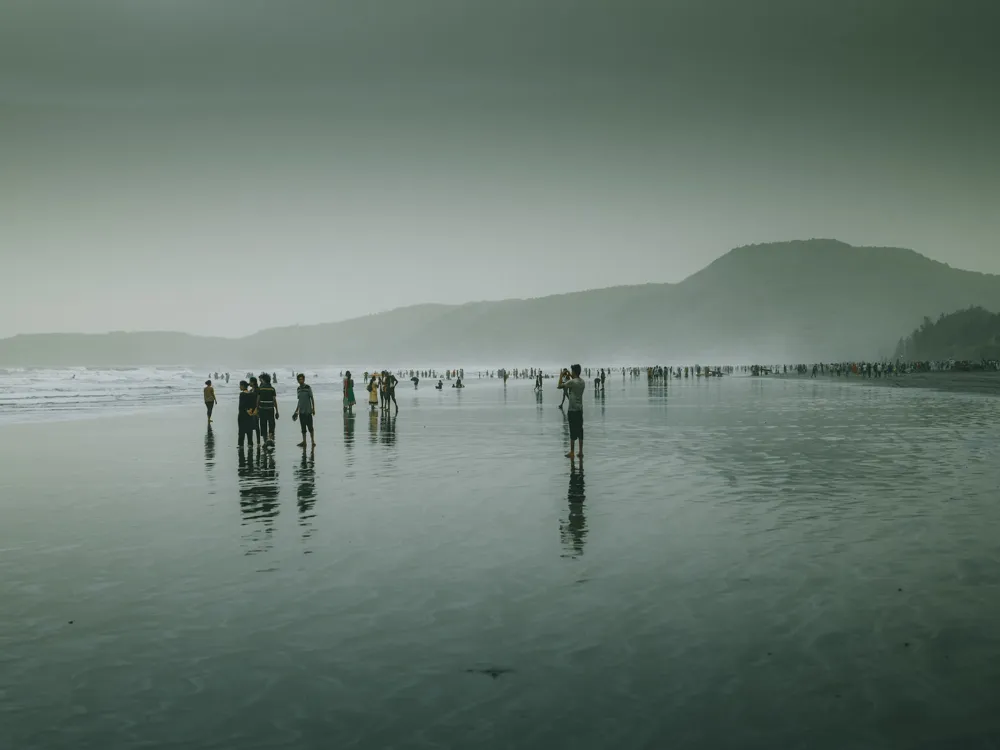Tala Fort, nestled in the serene landscape of Kolad in Maharashtra, is a magnificent historical edifice that stands as a testament to India's rich cultural and architectural heritage. This ancient fort, dating back several centuries, offers a unique blend of history, adventure, and natural beauty, making it a must-visit destination for travelers and history enthusiasts alike. The fort's origins are shrouded in mystery, with various historical accounts suggesting different periods for its construction. Some believe it was built during the reign of the Maratha Empire, while others attribute its origins to earlier dynasties. Despite these uncertainties, what remains undisputed is the fort's strategic importance in the region, serving as a crucial military outpost and a center of power for various rulers. The journey to Tala Fort is as captivating as the destination itself. The fort is perched atop a hill, overlooking the Kundalika River, and is surrounded by lush green forests and breathtaking landscapes. The trek to the fort is an exhilarating experience, with the path winding through dense foliage, rocky terrain, and occasional streams, offering a perfect blend of adventure and nature exploration. Upon reaching the fort, visitors are greeted by the imposing structure, which, despite the ravages of time, continues to exude an aura of grandeur and mystique. The architecture of Tala Fort is a marvel in itself, showcasing the ingenuity and skill of ancient builders. The fort's walls, bastions, and gateways are built with locally sourced stones, and the design reflects a fusion of various architectural styles prevalent during different historical periods. Inside the fort, one can explore numerous chambers, courtyards, and watchtowers, each narrating a story from the past. The fort also offers panoramic views of the surrounding countryside, with the Kundalika River meandering through the valleys below. The scenic beauty, coupled with the historical significance of the fort, makes it an ideal destination for photographers, nature lovers, and history buffs. Tala Fort is not just a historical monument; it is a symbol of resilience and endurance, having withstood the test of time and nature's elements. Its walls have witnessed countless battles, political upheavals, and changes in rulership, yet it stands proudly, inviting visitors to delve into its glorious past and relive the stories etched in its stones. The architecture of Tala Fort in Kolad, Maharashtra, is a remarkable example of the ingenuity and craftsmanship of ancient Indian builders. The fort, strategically located atop a hill, showcases a blend of architectural styles that evolved over centuries, reflecting the influences of different dynasties and rulers who controlled the region. One of the most striking features of Tala Fort's architecture is its formidable fortifications. The walls, built with massive stones, are designed to withstand enemy attacks and harsh weather conditions. These walls, varying in thickness and height, are punctuated by bastions and watchtowers, providing strategic vantage points for defense. The main entrance to the fort is through a large gateway, which is intricately carved and fortified, indicating the importance of security in the fort's design. The interior of the fort reveals a complex layout of chambers, courtyards, and passages. These structures are built with precision and attention to detail, ensuring efficient use of space and functionality. The chambers, likely used for residential and administrative purposes, exhibit features like carved pillars, arched doorways, and ornate window designs, showcasing the artistic skills of the builders. Another notable aspect of Tala Fort's architecture is the integration of natural elements into its design. The fort's location on a hilltop not only provides strategic advantages but also allows for the incorporation of natural rock formations into the structure. This harmonious blend of man-made and natural elements creates a unique aesthetic and strengthens the fort's defenses. The fort also includes water storage systems, like tanks and wells, which are crucial for sustaining the inhabitants during sieges. These water systems are ingeniously designed, utilizing natural slopes and rainwater harvesting techniques to ensure a consistent water supply. In summary, the architecture of Tala Fort is a testament to the advanced engineering and architectural skills of ancient India. It reflects a deep understanding of fortification principles, efficient space utilization, artistic expression, and environmental harmony. Today, the fort stands as a proud reminder of India's rich architectural heritage and continues to attract visitors from around the world. The ideal time to visit Tala Fort is during the cooler months of October to March, when the weather is pleasant, and the trek to the fort is more comfortable. Avoid the monsoon season, as the trails can be slippery and challenging. Ensure to carry water, snacks, a first-aid kit, and a good pair of trekking shoes. Don't forget your camera to capture the stunning views and historical structures. While exploring the fort, be mindful of the natural surroundings. Avoid littering and disturbing the wildlife. Preserving the fort's environment is crucial for maintaining its beauty and historical significance. Tala Fort in Kolad is accessible by various modes of transportation. The nearest major city is Mumbai, approximately 125 kilometers away. Visitors can reach Kolad by train, with the nearest railway station being Kolad station on the Konkan Railway line. Alternatively, one can drive to Kolad, with the journey taking about 3-4 hours from Mumbai via the Mumbai-Goa Highway (NH66). From Kolad, Tala Fort is a short distance away. Local transportation options like auto-rickshaws and taxis are available to reach the base of the hill. The final stretch to the fort is a trek, which is both adventurous and scenic, offering a chance to experience the natural beauty of the region. Read More:Overview of Tala Fort in Kolad, Maharashtra
Architecture of Tala Fort
Tips When Visiting Tala Fort
Best Time to Visit
What to Bring
Respect the Environment
How To Reach Tala Fort
Tala Fort
Kolad
Maharashtra Goa
NaN onwards
View kolad Packages
Kolad Travel Packages
View All Packages For Kolad
Top Hotel Collections for Kolad

Private Pool

Luxury Hotels

5-Star Hotels

Pet Friendly
Top Hotels Near Kolad
Other Top Ranking Places In Kolad
View All Places To Visit In kolad
View kolad Packages
Kolad Travel Packages
View All Packages For Kolad
Top Hotel Collections for Kolad

Private Pool

Luxury Hotels

5-Star Hotels

Pet Friendly







